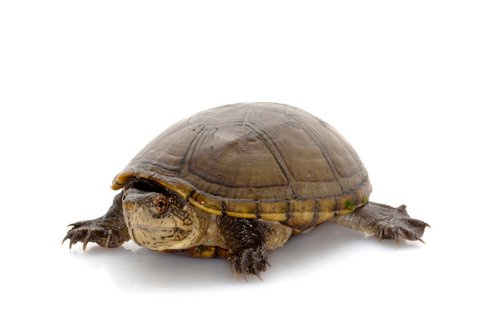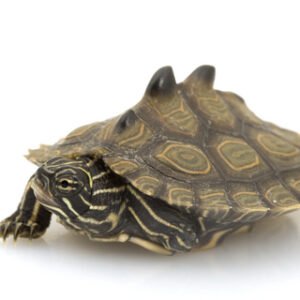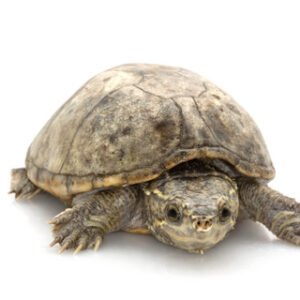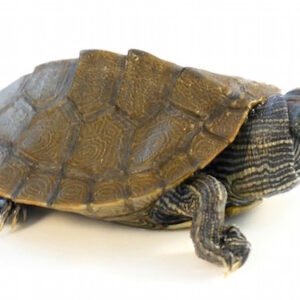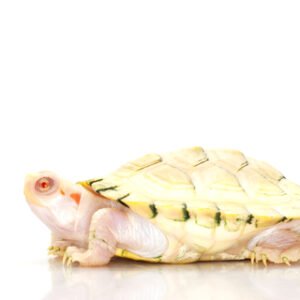Habitat and Distribution of the Florida Mud Turtle
The Florida Mud Turtle, scientifically known as Kinosternon subrubrum, is primarily found in a variety of freshwater habitats. These turtles are fond of environments that feature slow-moving or stagnant water, such as freshwater marshes, swamps, and ponds. The availability of adequate vegetation is crucial, as it provides essential cover and basking sites. Consequently, areas with rich aquatic plant life are predominantly favored by this species. They are often seen in the shallow waters of swamps and marshy areas, where they can easily navigate through submerged vegetation.
Geographically, the distribution of the Florida Mud Turtle is concentrated in the state of Florida, although populations can also be found in parts of southeastern Alabama and southern Georgia. In Florida, these turtles are typically located in regions with abundant wetlands, which serve as ideal conditions for their survival. The water quality is a significant factor that influences their presence, as they thrive in clean, well-oxygenated waters that support a diverse community of aquatic plants and invertebrates. Pollution and habitat degradation pose substantial threats to these turtles, as contaminants can severely affect water quality and disrupt their food supply.
Human activity, particularly urban development, has notable implications for the habitats of the Florida Mud Turtle. The transformation of wetlands into residential or commercial areas encroaches upon their natural living spaces, reducing available habitat and fragmenting populations. Additionally, increased pollution from runoff can degrade water quality, impacting these turtles’ health and reproductive success. Conservation efforts are essential to mitigate these threats and preserve the delicate ecosystems that support the Florida Mud Turtle, ensuring that they continue to thrive in their native habitats.
Behavior, Diet, and Conservation Efforts
The Florida Mud Turtle (Kinosternon bauri) exhibits a diverse range of behaviors and dietary habits that are fascinating and vital for its survival. Primarily categorized as omnivorous, these turtles sustain themselves through a varied diet that includes aquatic plants, invertebrates, and occasionally small fish. Their foraging behavior typically involves a slow and methodical exploration of their environment, using their sensitive snouts to detect food in muddy substrates and shallow waters. The consumption of diverse food sources not only supports their health but also plays a role in maintaining the ecological balance in their habitats.
Breeding behaviors in Florida Mud Turtles show interesting patterns. Mating occurs during warmer months, typically from late spring to summer. The female usually lays a clutch of eggs in sandy or soft soil, where they incubate until hatchlings emerge. This reproductive strategy ensures that the young turtles have access to sufficient resources as they begin their independent lives. Social behavior among these turtles tends to be less communal, although they can be seen basking together or aggregating in favorable conditions.
As with many species, the Florida Mud Turtle faces significant threats from habitat loss, climate change, and pollution. Consequently, various conservation efforts are underway to protect their populations. These initiatives include habitat restoration projects aimed at improving and maintaining wetlands that serve as vital ecosystems for the turtles. Legislative measures have also been established to provide legal protections against poaching and habitat destruction. Local organizations play a crucial role in raising awareness, advocating for sustainable practices, and engaging communities in turtle conservation. These combined efforts are essential for safeguarding the future of the Florida Mud Turtle and ensuring that this remarkable species can thrive in its natural environment.

